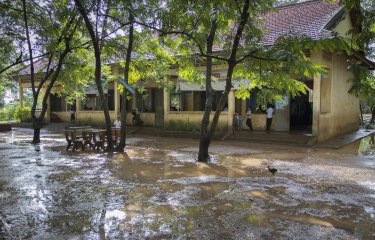Whooping cough is a highly contagious respiratory disease caused by the bacteria Bordetella pertussis that can be fatal to infants. In many African countries, the percentage of children who receive the three doses of Diphtheria-Tetanus-Pertussis (DTP) vaccine on time is highly variable, according to WHO. This low, incomplete, or delayed immunization coverage should generate an increase in the incidence of the disease. However, in 2011, the WHO reported only 15,768 cases of pertussis all over Africa, which suggests a glaring lack of epidemiological surveillance of this disease. In Asia, the context is similar. It is currently not possible to compare the epidemiological situation of pertussis in high-income and low-income countries because they use different vaccines. Most countries in Africa and Asia use whole-cell vaccines often produced locally and whose characteristics in terms of protection period are not known. It is therefore difficult to know whether a booster dose is necessary and, if so, at what age. Studies conducted about 30 years ago in high-income countries with similar vaccines indicated a protection period of 5 to 8 years after a primary immunization and a booster. However, they also indicated the non-homogeneity of the vaccines used. What about the vaccines currently used in low-income countries? Answering that question is one of the main objectives of the PERILIC project.
A unique study in 4 different regions of the world
Coordonnated by Fabien Taieb, MD-PhD affiliated with the Translational Research Center of the Institut Pasteur and conducted in partnership with the Institut Pasteur du Cambodge, d' Iran and de Madagascar as well as the Agence de Medecine Preventive in Togo, PERILIC will get a set of hitherto unpublished epidemiological data on pertussis.
A large study conducted in the 4 partner countries will estimate the duration of the protection induced by whole-cell vaccines. For this, in each country, the antibodies of 800 children and adolescents aged 3 to 15 years, whose vaccination status is known, will be measured.
A second study in Cambodia, Iran and Madagascar will document the clinical and microbiological characteristics of infants under 6 months of age with signs of pertussis. It will also study the contamination source among relatives of infants diagnosed as biologically positive for pertussis. Two hundred newborns per country were recruited in the hospitals, as well as the persons most in contact with the infected babies. These data will be particularly important for understanding the characteristics of the vaccines used and therefore adapting the immunization strategy in low-Income countries. And for the first time, partner laboratories will receive the technology needed to detect and identify the bacteria responsible for pertussis and their health workers will be trained. Integrated with the SURVAC program, the PERILIC project will thus provide the necessary foundation for the establishment of sustainable pertussis surveillance in the partner countries.
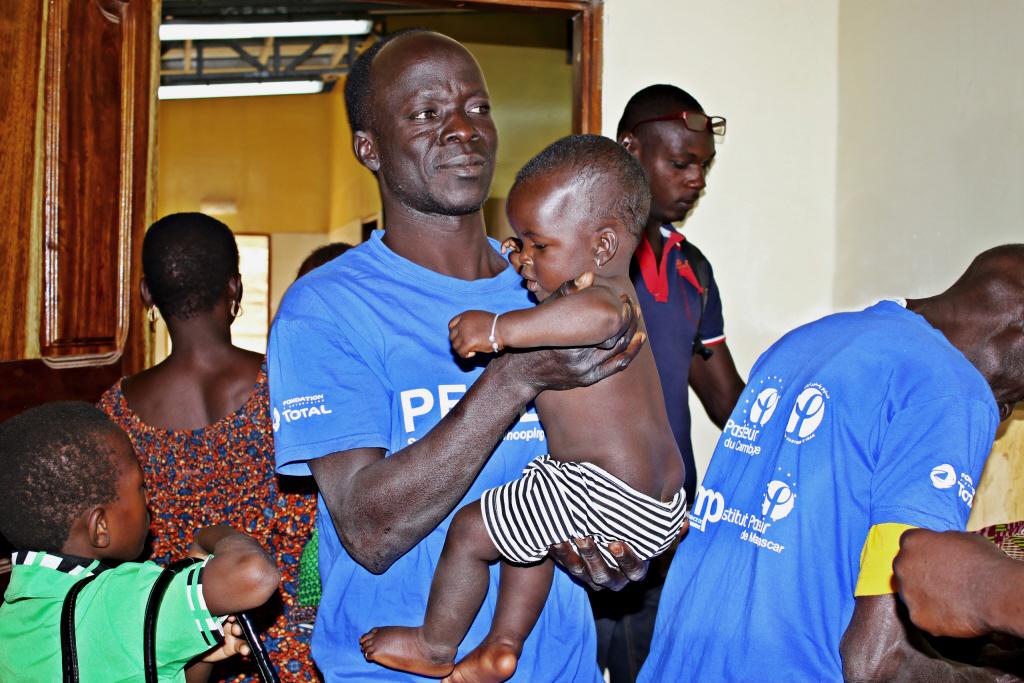
Caption: Regional Hospital Center of Dapaong in the North of Togo - an community worker in charge of the organization of the PERILIC study. Crédit : © Institut Pasteur/J.Do Kokou
The pertussis vaccine, effective, yes ... but not for life
The B. pertussis bacterium was identified in 1900 by Jules Bordet, a microbiologist at the Institut Pasteur (Nobel Prize in 1919) and isolated in 1906 by Jules Bordet and Octave Gengou. The development of a vaccine in the 1940s and its massive introduction has led to 90% reduction in the incidence of the disease in high-income countries. There are currently two types of pertussis vaccines. The so-called "whole-cell" pertussis vaccine, a complete inactivated bacterium, therefore harmless. The "acellular" pertussis vaccine is composed of purified and inactivated bacterial proteins. The latter, which is more expensive to produce, causes fewer adverse events and is the most widely used in high-income countries. However, none of these vaccines provides lifelong immunity and protection decreases over time. It is therefore possible to contract the disease several times in a lifetime. The resurgence of the global incidence of pertussis prompted the WHO to list this disease as a major cause of child mortality in 2014.
Success of vaccination needs permanent surveillance and adaptation of vaccine strategies
The SURVAC (SURveillance of VACcines) program aims to expand the surveillance network of vaccine preventable diseases within the Pasteur Network.
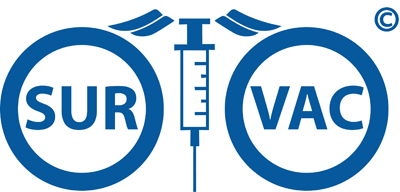
The program is based on close collaboration between these institutes and local clinicians, biologists and public health actors. It currently includes the Institutes of Algeria, Bucharest, Iran, Morocco, Tunisia and St. Petersburg for diphtheria and pertussis surveillance. Other institutes willing to support the health authorities of their countries and the WHO in the surveillance of diseases included in their national immunization programs are invited to join this network. SURVAC includes not only the training of scientists and the transfer of standard-technologies. It also provides a dynamic context for the development of research programs such as the analysis of immune responses after the introduction of new vaccines or new vaccine strategies or sero-epidemiological and microbiological studies.
The PERILIC project is supported by the Total Foundation
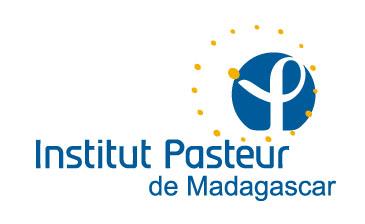 |
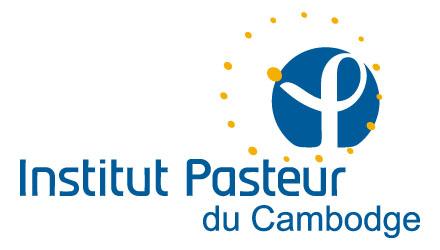 |
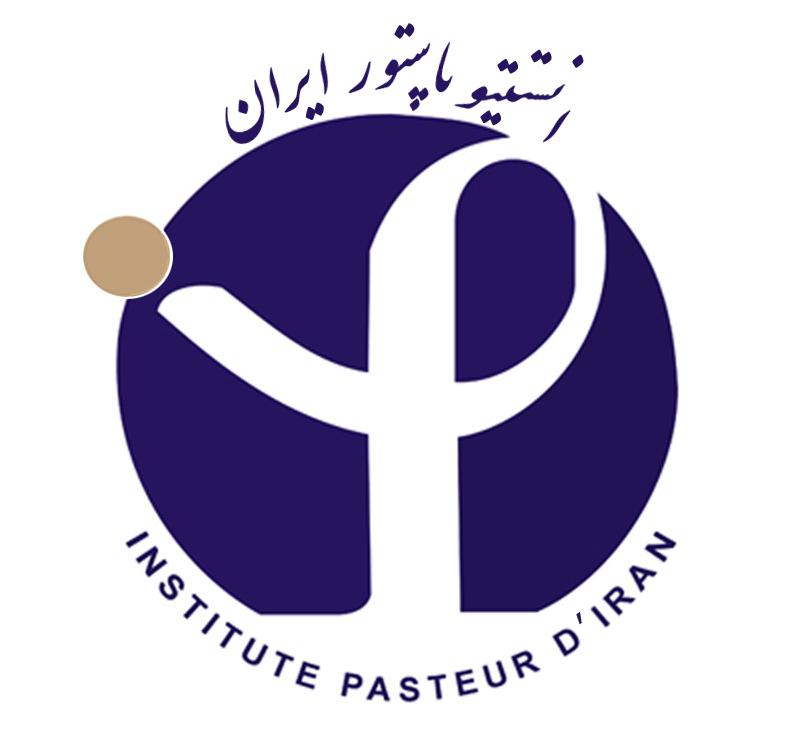 |
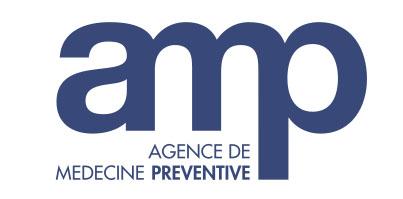 |
PERILIC is supported by Total Foundation




